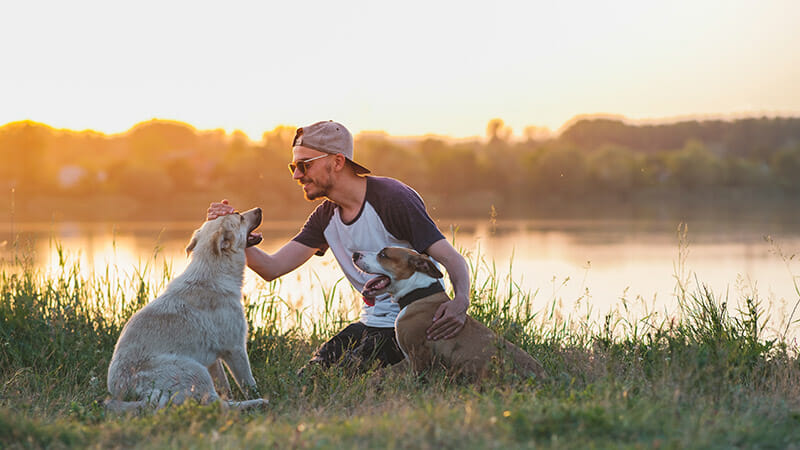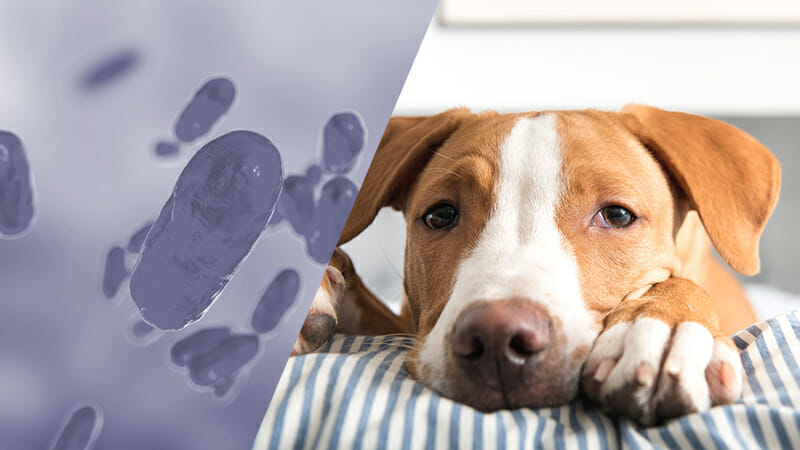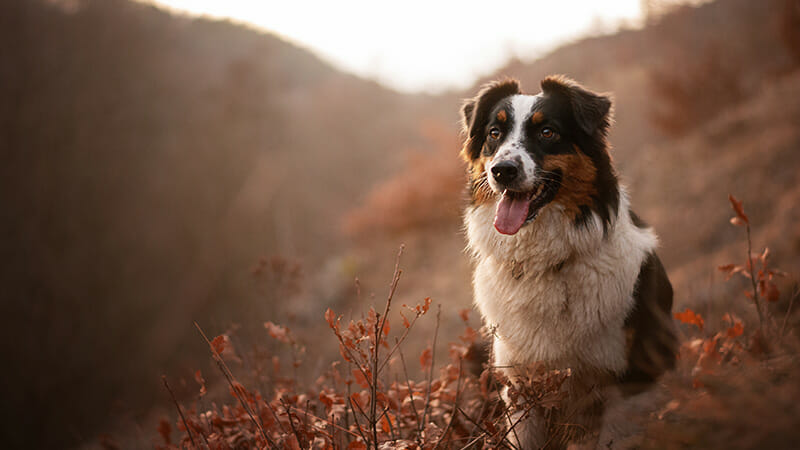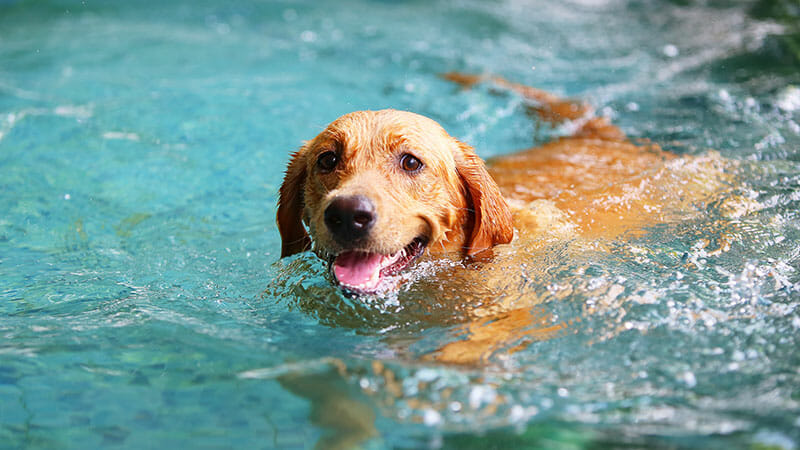If you know your dog is going to be interacting with children at some point, or if you just want to be prepared for unexpected situations where children might be present, continue reading. We’ll give you our top tips for ensuring your dog has safe interactions with children.
Supervise Dog-Child Interactions
Dogs and kids can be a volatile mix, which is why it’s always important to supervise interactions. Older children can be left alone with dogs once you can trust them to follow the rules and you can predict a safe outcome. Younger children, however, should never be left alone with a dog.
If you can’t supervise, the best thing to do is secure your dog in a child-free area, such as a crate or separate room. Make sure to give your dog a chew toy or puzzle toy to keep them occupied and stress-free.
Teach the Child How to Respect Dogs
Young children haven’t mastered empathy, yet, and some might see dogs like toys. That’s why it’s important to teach the children in your life that dogs should be respected as living beings with their own needs and emotions. Set some ground rules for how you expect the dog to be treated, then reward your kids for following those rules. Here are some rules you might want to consider enforcing:
- Don’t disturb dogs while they’re in their crates. This is their safe space.
- Don’t bother a dog when it’s sleeping.
- Never bother a dog when they’re eating or chewing on a bone or toy.
- Don’t tease dogs.
- Don’t hug dogs (unless you know your dog will tolerate it unconditionally).
It can also be extremely helpful to teach children about dog body language and vocalizations, as this can help them tune into warning signs that the dog has had enough of their attention. For example, growling means your child should back away, and so does showing teeth.
How to Introduce Your Dog to Children
Consider using these strategies when introducing your dog to children.
Use tricks: If your dog knows tricks like sit, down, or shake, show the kids how to give the cue, then reward your dog for responding correctly.
Watch out for mouths: If your dog doesn’t have a soft mouth, take steps to avoid any accidental nips. Have the kids feed the treat from a flat hand or have them drop it on the ground.
Be gentle: Show the kids how to gently pet and interact with the dog and how to give praise when it behaves well. While practicing this, monitor your dog’s body language to make sure they’re comfortable.
Go for a walk: Walks are a great way to smooth over dog-dog introductions, and they can be useful for introducing kids, as well. You’ll be in a neutral environment and can have multiple, short interactions.
Use a leash: Consider keeping a short, lightweight leash on your dog during less-structured interactions with children. This will give you something to grab on to if you need to quickly remove your dog from a situation.
Put toys away: Toys, treats, chews and food can be triggering for possessive dogs—exactly what you don’t want to happen around children. Make sure to put these things away to avoid any conflicts.
Take Things Slow
Remember, if your dog or the children are uncomfortable with the interaction, it’s better not to force it and to wait until another time to make introductions. Otherwise, remember to supervise every interaction your dog has with children and enforce some basic safety rules.
Traveling somewhere children will be present and not sure if your dog is ready? Check out our overnight boarding services. We’ll keep your dog safe and comfortable while you’re away. Give us a call to learn more about the dog boarding and doggy daycare services we offer.




